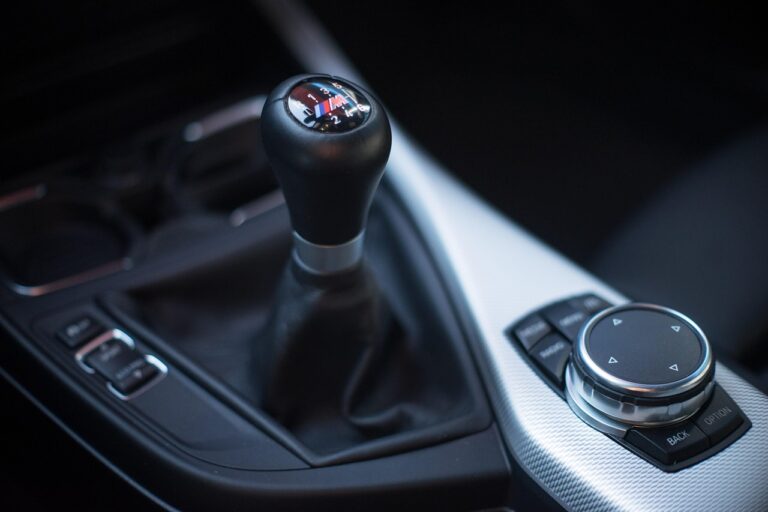The Secret Aftermarket That Keeps Cuba’s Classic American Cars Running
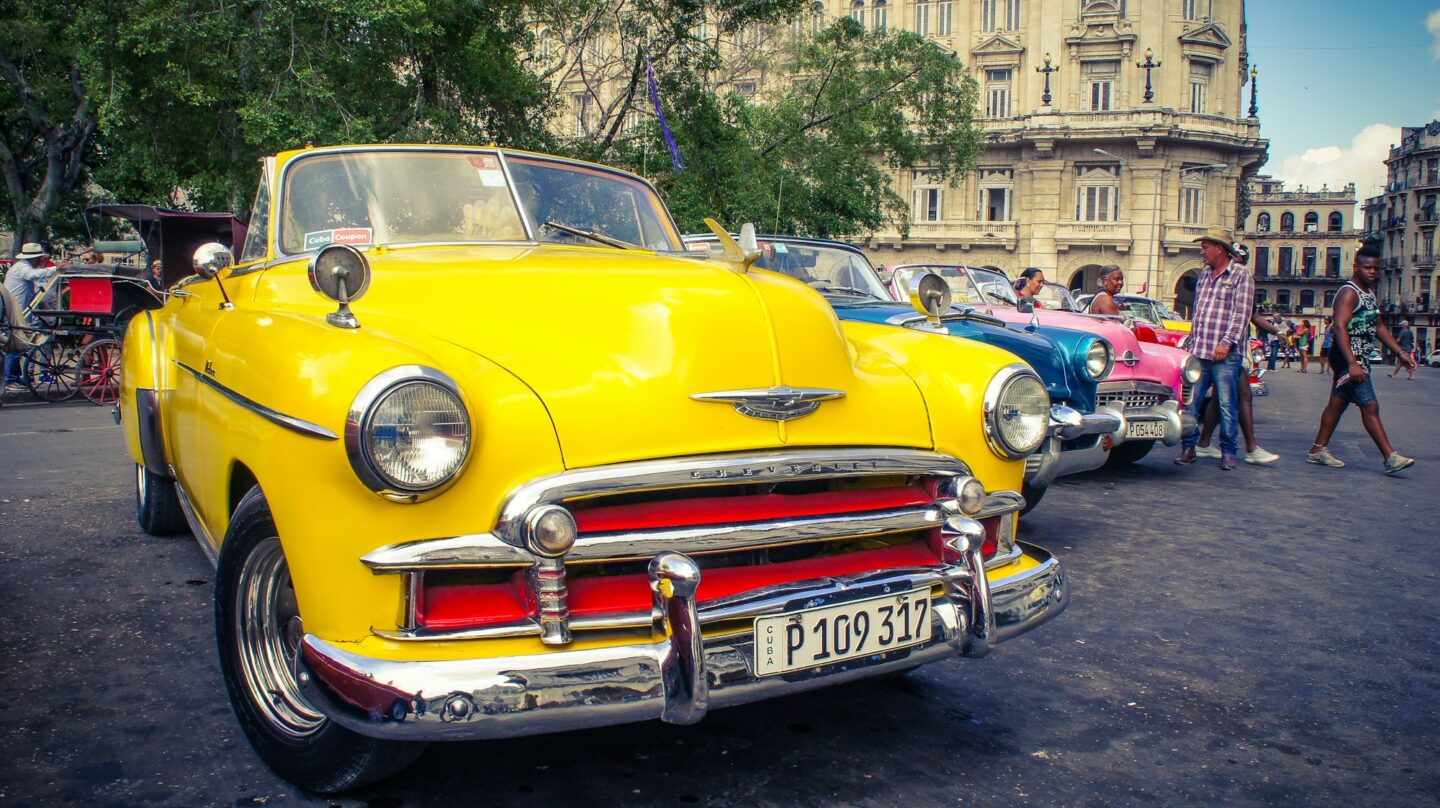
The iconic 1950s American cars gracing the streets of Cuba are more than just vintage relics; they’re a testament to unparalleled human ingenuity. This is a story of extreme resourcefulness, where keeping these classic Chevys and Fords running means ditching original V8s for Russian diesel engines and fabricating essential parts by hand from whatever is available.
Cuba Car Culture – Key Takeaways
- Cuban mechanics redefine resourcefulness to keep classic American cars running.
- Soviet-era diesel engines, like those from Lada, are common powerplant swaps.
- Handmade components from scavenged materials replace unavailable original parts.
- The US embargo forced a unique and sustainable automotive culture.
- These ‘almendrones’ are vital for public transportation in Cuba.
The Last Stand of American Iron
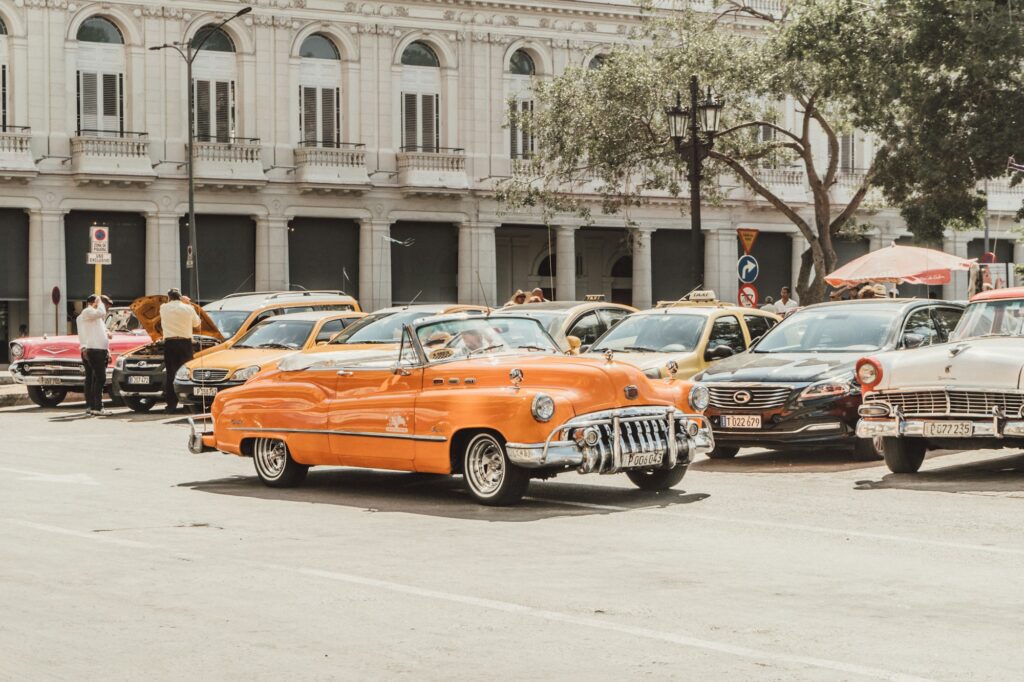
You ever wonder about the ultimate ‘fix it with a hammer and hope’ scenario? That’s basically Cuba. You see those stunning 1950s Chevys, Buicks, Fords, cruising Havana and you’re like, “HOW?!” Seriously, it’s not just a patina thing; it’s a deep-dive into automotive survival. For decades, the US embargo on Cuba meant no new American cars, no original parts, nothing.
So, these beautiful machines, often called almendrones (Spanish for “almonds” due to their shape), they just had to keep going. It’s like a permanent, real-world Mad Max scenario, but with way more vibrant colors and a lot less road rage, tbh.
This isn’t just about patching up a rust hole. We’re talking about keeping cars that are 70+ years old in daily service, often as taxis, ferrying people around. That kind of commitment? That’s what I call true enthusiast spirit, but amplified by, oh, I dunno, A WHOLE COUNTRY’S NECESSITY. It makes occasional DPF regen on newer diesel cars feel like a walk in the park. Speaking of diesel…
Diesel Swaps and Frankenstein Engines
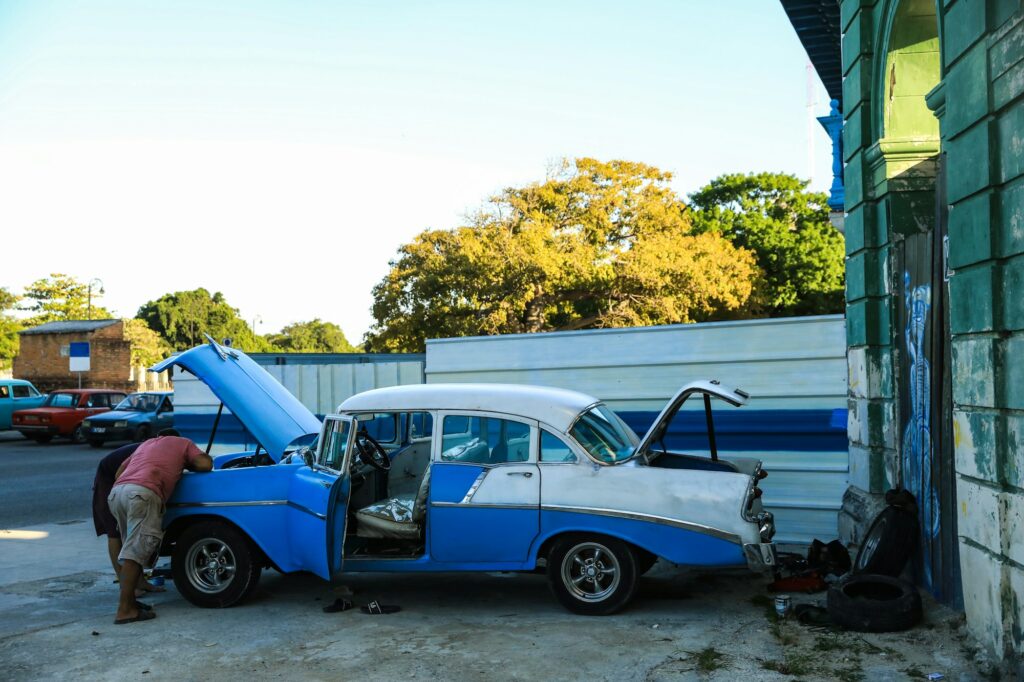
So, how do you power a land yacht designed for a big block V8 when you can’t get gasoline, let alone parts for a gasoline engine? You don’t. You adapt. The most common solution, and this is where it gets WILD, is swapping in Russian diesel engines. We’re talking Lada, Moskvich, and sometimes even larger GAZ truck engines.
Imagine pulling out a glorious Chevy small block from a ’57 Bel Air and dropping in, say, a Lada 1.6L diesel. It’s not about power, it’s about pure, unadulterated functionality. Diesel is often cheaper and more available in Cuba, and these Soviet engines are known for being simple, robust, and relatively easy to maintain with basic tools.
I’ve seen forum discussions about whether to run a 5W-30 or a 0W-40, and these guys are literally making their own gaskets from whatever they can find. It’s not pretty, it’s not fast, but it works. These Lada diesels, often derived from old Fiat designs, are tractor-like in their reliability. Their 0-60 time is probably eventually, and that’s all that matters when you’re trying to get passengers across town. It’s less about 0-60 times and more about “will it start today?”
The Art of Hand-Fabrication
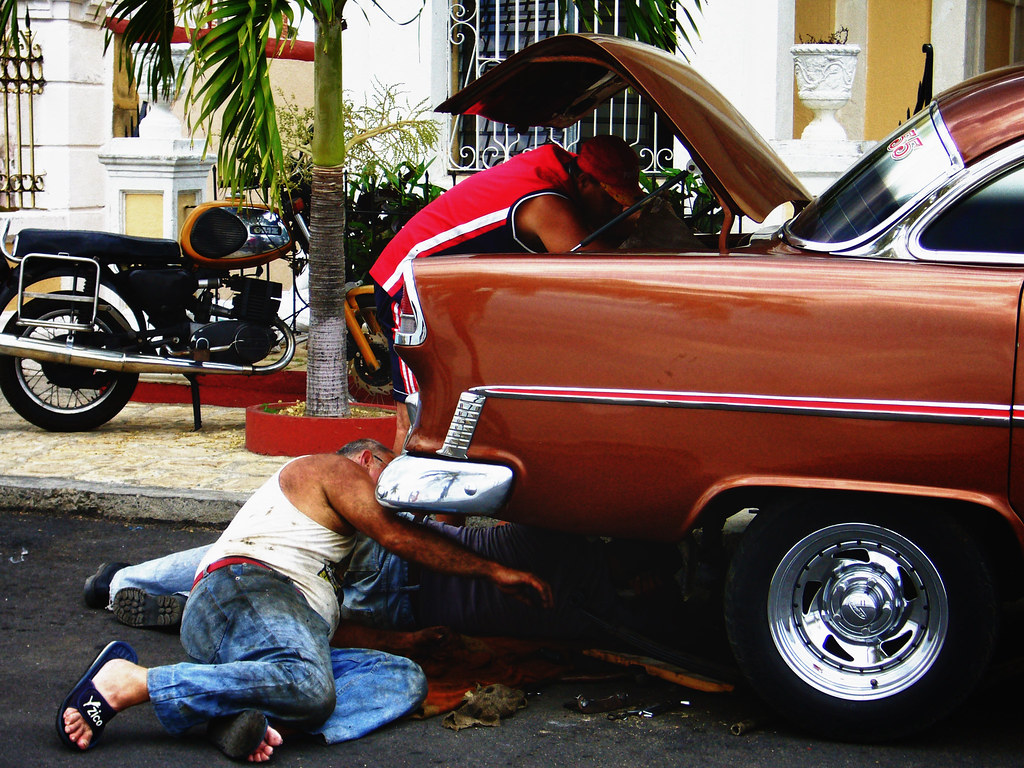
Cuba’s classic car culture is a remarkable example of resilience and mechanical ingenuity. Owners frequently cannibalize parts from various sources or fabricate stock parts from scrap materials, demonstrating extraordinary mechanical creativity. As described in a detailed Motor Trend article, this improvisation is essential to sustaining Cuba’s automotive heritage. For a vivid portrayal of this culture in action, the video Repair Is This Country’s Only Option offers compelling footage of Cuban mechanics at work.
Think about it: steering components, suspension arms, even entire body panels are often handcrafted. They use basic tools – lathes, welders, grinders – and an incredible amount of trial and error. Rebar might become a suspension component, old appliance sheet metal might fill a rusted-out fender. They take the ‘use what you’ve got’ philosophy to the ultimate industrial level.
A Living Museum on Wheels
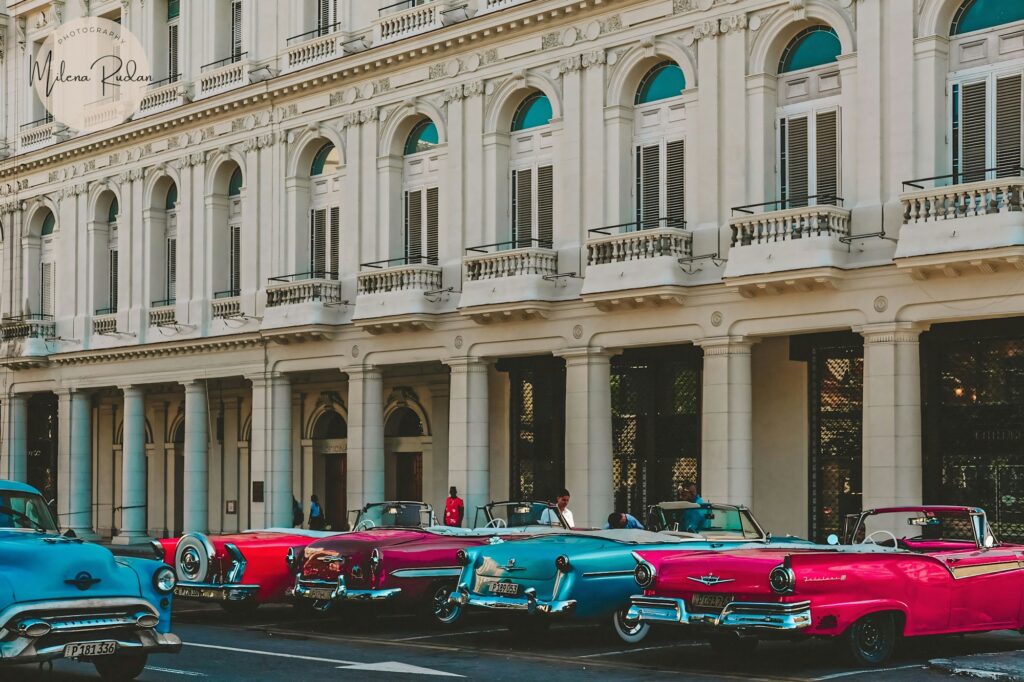
What’s crazy is that this isn’t just a niche hobby; it’s the backbone of their transport system. Many of these almendrones operate as colectivos, shared taxis that are an essential part of daily life. The owners aren’t just mechanics; they’re entrepreneurs, historians, and artists all rolled into one. They know every creak, every rattle of their vehicle. They understand the limits of their cobbled-together machines and how to push them just enough to get the job done.
This unique automotive culture isn’t just about old cars; it’s a vibrant, living testament to human adaptability. It’s about finding solutions when none seem to exist, about making something out of nothing. It’s a reminder that necessity truly is the mother of invention, and sometimes, the most advanced engineering comes from the most constrained environments.
The sound of a Lada diesel chugging along in a 1955 Chevy Bel Air might sound nasty to some, but to me, it sounds like pure, unadulterated triumph.
FAQ About Cuba Car Aftermarket
How did Cuba end up with so many classic American cars?
Following the 1959 Cuban Revolution, the US imposed a trade embargo that prevented the import of new American vehicles or parts, effectively freezing the existing car fleet in time.
What are “almendrones”?
“Almendrones” is the local Cuban nickname for these classic American cars, referring to their distinctive almond-like shape.
What kind of engines do Cuban classic cars use now?
Many have been swapped with robust, fuel-efficient Soviet-era diesel engines, commonly from Lada, Moskvich, or GAZ vehicles, due to the scarcity of gasoline and original parts.
Are the parts for these cars custom-made?
Yes, a significant number of parts are custom-fabricated by skilled mechanics using scavenged materials, as original or aftermarket parts are almost impossible to acquire.
Do these classic cars still serve a purpose beyond tourism?
Absolutely; many almendrones operate as colectivos (shared taxis), forming a critical part of Cuba’s public transportation system for daily commuters.



